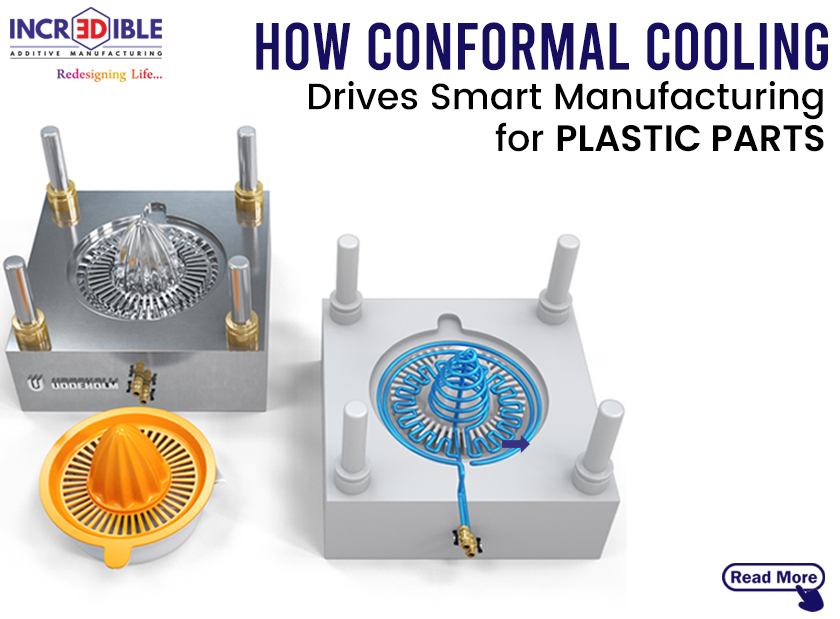Advantages of Metal 3D Printing in Engineering Industry
The advantages of 3D metal printing in varied industries make it one of the most promising technologies for the future. Through its unique method of creating layers, 3D printing opens a whole new way in which products can be created. Metal 3D printing has numerous applications in high-end engineering industries like Aerospace, Defense, Automobile, Tool & Dies, Energy and much more. One of the greatest achievements of this technology has been in the field of defense and aerospace, where the aircraft equipment made using 3D printers are almost 60 – 65% lighter than the traditional methods and equally strong. 3d metal printing services
There are many advantages of using metal 3D printing in the engineering industry which is as follows:
1. Reduced product development time
One of the big advantages of metal 3D printing is the speed at which parts can be produced as compared to traditional manufacturing methods. In the traditional method, part development time maybe around 3-4 months, whereas 3D parts can be delivered in 8-10 days if the design is ready. Usually, no need for tooling dies/molds is required to process the part after it is 3D printed.
In the traditional manufacturing method, even after the object is created, it needs to be processed using milling or turning in order to achieve the precise dimensions. It also requires machining for more accuracy. However, with metal 3D printing, these steps are not required as after the object is printed, the operator only needs to remove elements such as support structures, created during the printing process and this allow significantly decreasing the post-processing time. Thus, metal 3D printing shortens the lead time from weeks or months to days or hours.
2. One-step manufacturing
Efficiency is the first and foremost thing a designer considers while designing any part or product. By using the traditional methods, many parts or products require numerous steps in the complete manufacturing process, which can lead to errors in design and quality. Here metal 3D printing is very beneficial as it has a single step manufacturing process with less human intervention.
3D printing technology allows for the production of unique and complex structures in the most efficient way possible. These 3D machines complete a build in one step, with no interaction from the machine operator during the build phase. Once the CAD design is finalized, it can be directly uploaded to the machine and printed in one step in a couple of hours. The one-step production greatly reduces the dependency on different manufacturing processes like machining, welding, painting and gives the designer greater control over the final product.
3. Cost-effective
The total cost of manufacturing consists of three major factors – machine operation costs, material costs, and post-processing costs. In industrial additive manufacturing, although the energy consumed to produce a single part can prove to be high but the ability to develop & create complex parts in one step gives an increased level of efficiency and saves time. Therefore, the cost of running the machines is balanced with the savings made during the manufacturing process.
Unlike traditional manufacturing where many different processes/ machines & people are required, 3D printing significantly removes all these processes. The majority of 3D printers only require a single operator to start the machine before it begins a completely automated process to produce the part.
Another advantage of AM is a reduction in material waste. Unlike the traditional method, where an object is subtracted or cut out of a bulk solid block, in metal 3D printing raw material which is in the form of powder is added layer-by-layer. Due to laser & powder fusion technology, there is less wastage of material and the unused powder can be reused. Thus, the cost of the primary material used to produce one component is reduced which makes 3D printing a resource-efficient technology.
4. Prototype check
In the traditional manufacturing process, faulty prototypes cost time & money and even after they go for rectification, there is no guarantee that they would be right in the second time. Even small adjustments can have a significant financial impact. This is where 3D printing comes as a boon as it allows organizations to test their designs by producing a demo prototype of a complex structure before investing in expensive manufacturing equipment and material. This prototype check also helps in building confidence in design before making large investments for mass production.
5. Customization & design freedom
The traditional manufacturing methods impose various restrictions on what type of design & structures can be made. However, with metal 3D printing, these restrictions do not imply as the components are constructed layer-by-layer. Also, the design requirements such as draft angles, undercuts and tool access do not apply, when parts are designed by 3D printing.
3D printing allows for the production of unique and complex structures. Along with design freedom, 3D printing also allows complete customization. Since current AM technologies excel in building single parts in one process, they are perfectly suited for sole production.
Conclusion:
With so many advantages, metal 3D printing is being widely used in various engineering industries to achieve high-quality products in lesser time with more efficiency. This technology is expected to become a lot more affordable and accessible to every business in the coming years.




